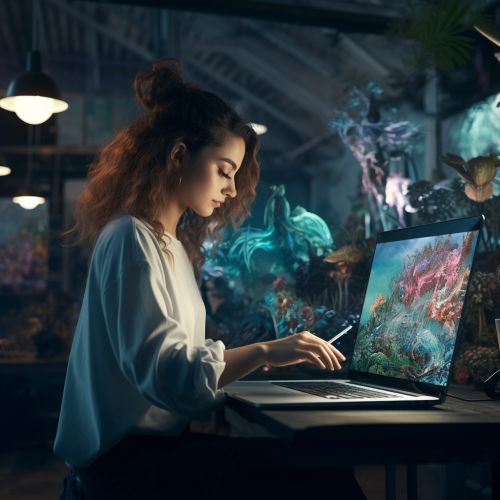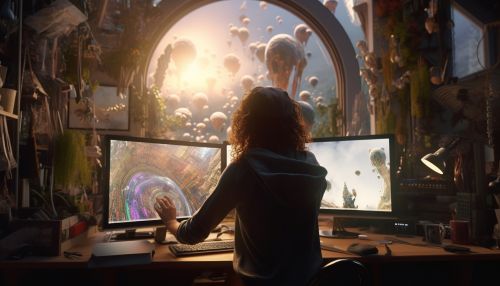Art Business
Overview
The Art Business pertains to the commercial aspects of the art world. It involves the buying, selling, and trading of artworks, including paintings, sculptures, photographs, and other forms of visual art. The art business encompasses a wide range of activities, from the creation of art to its exhibition, sale, and collection. It also includes the services that support these activities, such as art appraisal, art insurance, and art law. The art business is a complex and multifaceted field, with a diverse array of participants, including artists, collectors, dealers, galleries, auction houses, and museums Museums.
History
The art business has a long and storied history, dating back to the ancient civilizations of Egypt, Greece, and Rome. In these early societies, art was often commissioned by the ruling classes, who used it to demonstrate their wealth, power, and cultural sophistication. Over time, the art market evolved and expanded, with the emergence of professional artists, art dealers, and collectors. The Renaissance period, in particular, saw a significant growth in the art market, with the rise of wealthy patrons and collectors, and the establishment of the first art academies and galleries Galleries.
Art Creation
Art creation is the first step in the art business. This involves the production of artworks by artists, who may work independently or as part of a collective or studio. The process of art creation can vary widely, depending on the artist's style, medium, and conceptual approach. Some artists may create art as a personal expression or exploration, while others may produce art for commercial purposes. The value of an artwork in the art business is often determined by factors such as the artist's reputation, the quality of the work, and its relevance to contemporary art trends Contemporary Art Trends.
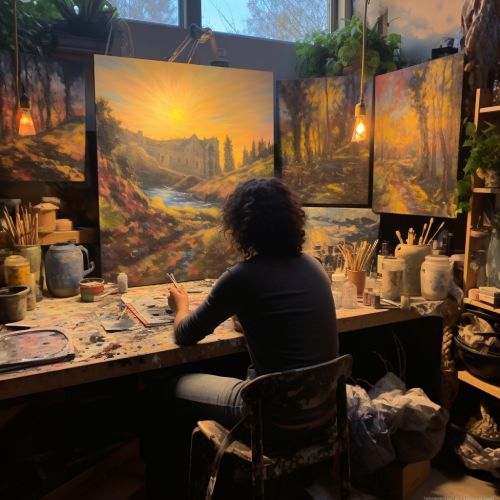

Art Dealers and Galleries
Art dealers and galleries play a crucial role in the art business. They act as intermediaries between artists and buyers, helping to promote, exhibit, and sell artworks. Art dealers may represent specific artists, or they may deal in a particular type of art, such as contemporary art, Old Masters, or tribal art. Galleries, on the other hand, provide a physical space for the display and sale of artworks. They often host exhibitions, artist talks, and other events to attract potential buyers and promote their artists Art Exhibitions.
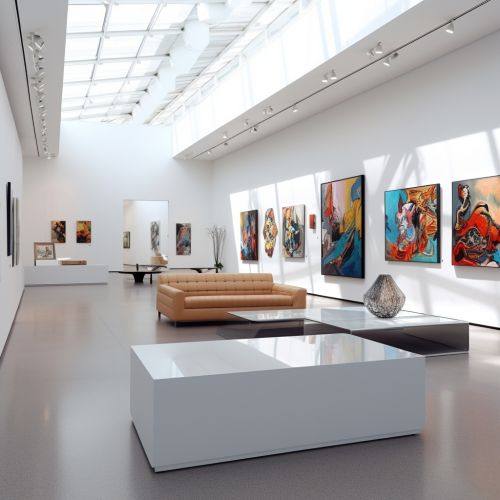

Art Auctions
Art auctions are a major component of the art business. They provide a public platform for the sale of artworks, often attracting high-profile collectors and investors. Art auctions can be a lucrative avenue for selling art, with some artworks fetching astronomical prices. However, they can also be risky, as the final sale price is determined by bidding, which can be unpredictable. The two main types of art auctions are traditional auctions, which are held in auction houses, and online auctions, which are conducted over the internet Online Art Auctions.
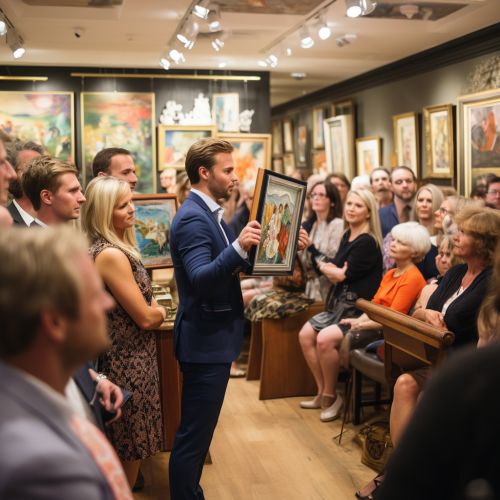

Art Collecting
Art collecting is a significant aspect of the art business. Collectors purchase artworks for a variety of reasons, including aesthetic appreciation, investment, and status. The art market is heavily influenced by the tastes and preferences of collectors, who can drive up the prices of certain artists or styles of art. Collectors may acquire art through various channels, including galleries, auctions, art fairs, and directly from artists. Some collectors focus on specific genres or periods of art, while others have more eclectic collections Art Collections.
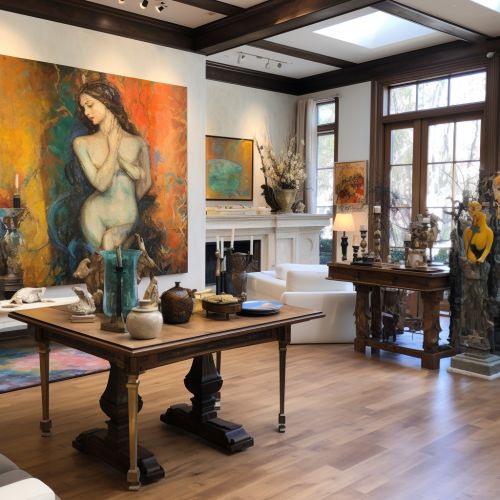

Art Services
The art business also includes a range of services that support the buying, selling, and collecting of art. These include art appraisal, which involves the valuation of artworks; art insurance, which provides financial protection against damage or loss of artworks; and art law, which covers legal issues related to the art business, such as copyright, contracts, and authenticity disputes. Other art services include art consultancy, art finance, and art logistics Art Logistics.
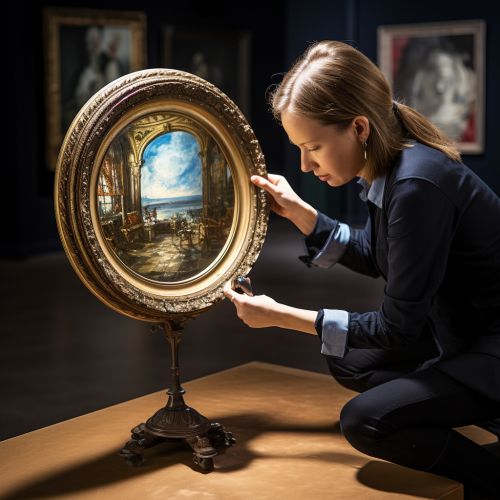

Challenges and Criticisms
The art business faces several challenges and criticisms. These include issues of authenticity and provenance, with numerous cases of art forgery and looting in the art market. There are also concerns about the lack of transparency and regulation in the art business, which can lead to unethical practices such as price manipulation and money laundering. Additionally, the art business has been criticized for its elitism and exclusion, with a small number of wealthy collectors and institutions dominating the market Art Market Manipulation.


Future Trends
The future of the art business is likely to be shaped by several trends. These include the increasing digitization of the art market, with the growth of online art platforms and digital art forms such as NFTs. There is also a growing interest in art as an investment, with the emergence of art funds and other financial products. Furthermore, there is a rising awareness of social and environmental issues in the art business, leading to initiatives such as sustainable art practices and socially engaged art Socially Engaged Art.
